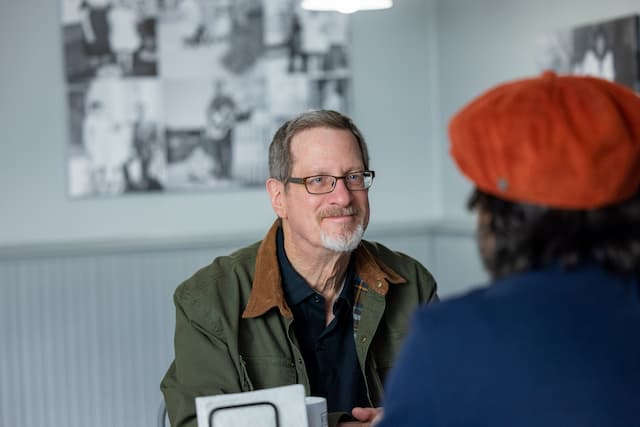The Value Of Deep And Wide Thinking - Sacred Structures by Jim Baker

Several years ago, my Leadership Coach and mentor remarked, “Jim, you are a 10 deep and a 10 wide.” Caught somewhat by surprise I asked him to unpack that further for me. He went on to say that I had the ability to think both deeply and broadly, to see both in detail as well as the big picture, to understand the various nuances as well as the broad implications of a situation. And that this was my winning combination and my greatest contribution to an organization. Since then, I have tried to observe how this seeming dichotomy plays out in everyday life. Here is what I have come up with.
10 Examples Of Deep And Wide Thinking
Deep and wide are opposites, yet they are complimentary. Both are necessary in leadership and in life. Though debatable and not exhaustive, here are 10 common examples to consider.
- Communication: To communicate deeply is the ability to discuss a subject in all of its complexities. To communicate widely is the ability to break those complex ideas into simple ones and communicate them so everyone can understand.
- Cause and Effect: The ability to understand the effect an event, individual or circumstance has is to think widely. To understand the causes behind the effect is the ability to think deeply.
- Problem Solving: The ability to solve a problem requires deep thinking. The ability to put into place safeguards so the problem won’t reoccur requires wide thinking.
- Issues: Deep thinking allows for the understanding of the nuances of a position on a given issue. Wide thinking is understanding their implications.
- Planning: To plan at the tactical and detail level requires deep thinking. To plan at the strategic big picture level requires wide thinking.
- Specialist/Generalist: A specialist understands a single subject matter so deeply that they are often considered an expert. On the other hand, a generalist is broad in their knowledge, knowing a lot about a lot of different subjects.
- Initiatives: Knowing how to implement an initiative requires wide thinking. Knowing why you should or shouldn’t be considering the initiative in the first place requires deep thinking.
- Scripture: To think deeply about scripture is to meditate and contemplate on the various potential meanings of a passage. To think widely about scripture is to consider the many ways it might be applied to life.
- Theology: To think deeply about a doctrine is to understand its origins and complexities. To think widely about a doctrine is to understand the various ways it could be interpreted.
- Politics: To think deeply is to fully understand the platform, rationale and positions of a given party or demographic. To think widely is to understand the platform, rationale and positions of the far left, the far right, as well as the middle.
How To Think More Deeply And More Widely
The concepts of deep and wide express themselves in virtually all aspects of life including relationships, religion, politics, social issues, decisions, and responsibilities. And typically, we are inclined more toward one than the other. This might be due to genetics, training, experience or all three. Though we usually have a natural default bias it is possible to learn how to become both deeper and wider in our thinking. In my experience I have found it helpful to be:
Broadly Read: Stray outside of your subject matter, media, and author preferences and biases.
Well-Traveled: Spend time with various cultures, races, ethnic groups, and demographics.
Experience Oriented: Experience things rather than simply reading about them or watching them through media.
Diverse in Relationships: Seek relationships with people who are from backgrounds different from you, who hold different values and who have had different experiences.
A Good Listener: Seek first to understand rather than to be understood.
Willing to Deep Dive: Identify a subject matter of interest and learn all you can about it.
Deep and wide thinking can be viewed as a gift, a talent, a strength or a learned behavior. Regardless, no one can be a 100% deep or a 100% wide thinker in every situation. Thus, both deep and wide thinkers should be included on every leadership team, involved in every organizational decision, and engaged in every team planning and problem-solving endeavor.
Posted on September 6, 2022





